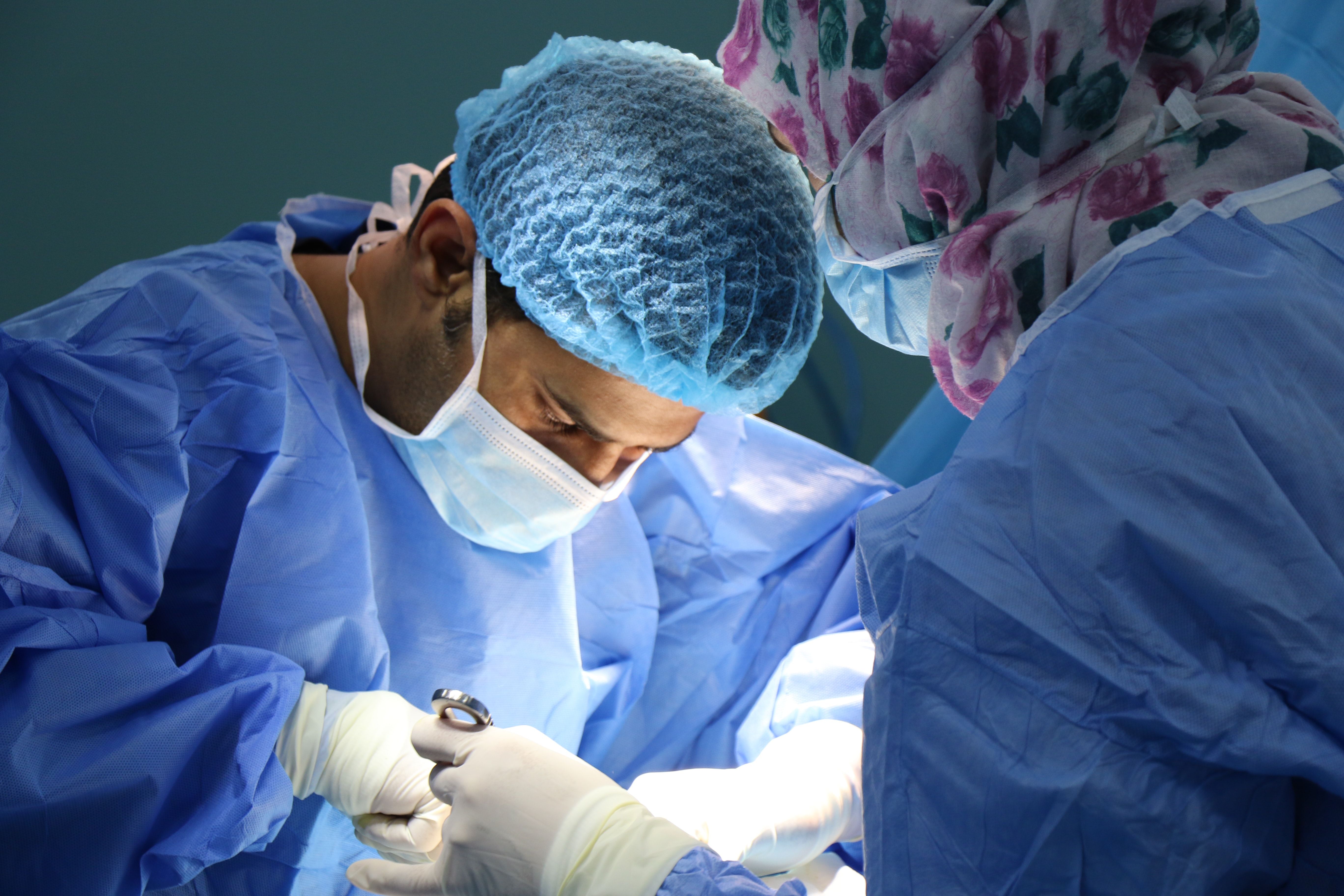Invasive Procedures and Parenterally Transmitted Hepatitis
A new study looked at the risk of hepatitis B and C as a result of exposure from such procedures.

Invasive procedures carry risk. While this isn’t a novel concept, too often when procedures are discussed it’s within the context of surgical site infections (SSI), which are often assumed to be bacterial infections or those related to breaks in sterile technique.
According to the CDC, there has been a 3% increase in the surgical site infection standardized infection ratio for specific procedures from 2020 to 2021. SSIs, account for 20% of all healthcare-associated infections and can drastically increase the risk of mortality. Furthermore, the CDC notes that SSIs are the most costly of healthcare-associated infections with a $3.3 billion cost, extending hospital stays by 9.7 days, and the cost of hospitalization for the individual grows by $20,000.
What about the risk of hepatitis B and C as a result of exposure from such invasive procedures? A new study published in the Journal of Hepatology sought to assess this risk—parenterally transmitted hepatitis following an invasive procedure in Italy.
Utilizing the SEIEVA database, which is a surveillance system for viral hepatitis, the research team studied the association between acute HBV and HCV infection and surgical interventions/diagnostic procedures via age-matched controls (hepatitis A cases) and conditional multiple logistic regression analysis. Over 8000 HBV and 2179 HCV cases were studied with age-matched controls. The authors reported that the “strongest associations for HBV infection were: gynaecological surgery (odds ratio [OR] 5.19; 95% CI 1.12-24.05), otorhinolaryngological surgery (OR 3.78; 95% CI 1.76-8.09), and cardiac/thoracic surgery (OR 3.52; 95% CI 1.34-9.23); while for HCV infection, they were: neurosurgery (OR 11.88; 95% CI 2.40-58.85), otorhinolaryngological surgery (OR 11.54; 95% CI 2.55-52.24), and vascular surgery (OR 9.52; 95% CI 3.25-27.87). Hepatitis C was also strongly associated with ophthalmological surgery (OR 8.32; 95% CI 2.24-30.92). Biopsy and/or endoscopic procedures were significantly associated with both HCV (OR 3.84; 95% CI 2.47-5.95) and, to a lesser extent, HBV infection (OR 1.48; 95% CI 1.16-1.90).”
The authors noted a particularly point they were hoping to assess: cases of parenterally-transmitted viral hepatitis in elderly persons with unknown or murky etiology. The increased risk for HBV and HCV in relation to invasive procedure exposures has the potential to explain some risk for elderly patients, but ultimately represents a larger public health and research question.
Ultimately, the authors reiterate an important point—there is a consistently increased risk of parenterally-transmitted hepatitis with invasive procedures. While some surgeries were higher risk for HBV and/or HCV, surveillance efforts and universal precautions in surgical settings are nonetheless important to reduce risk of post-operative infection.
While the authors noted a consistent finding in the literature pointing to increased risk of viral hepatitis transmission in gynecological and cardiothoracic surgeries, they also mentioned that, “In fact, assuming a person-to-person mode of viral transmission, the larger pool of individuals infected with HCV than with HBV in the general population causes a higher likelihood of exposure to hepatitis C. In fact, in Italy, surveillance of viral hepatitis in health care workers is in place, and the risk of professional-to-patient transmission should be limited. In addition, HBV vaccination could have played a role in the different risks compared to hepatitis C.”
In general, there is a critical need to address the increased risk of hepatitis infections and exposures invasive procedures, especially in those communities with higher rates of infection and vulnerable populations.
